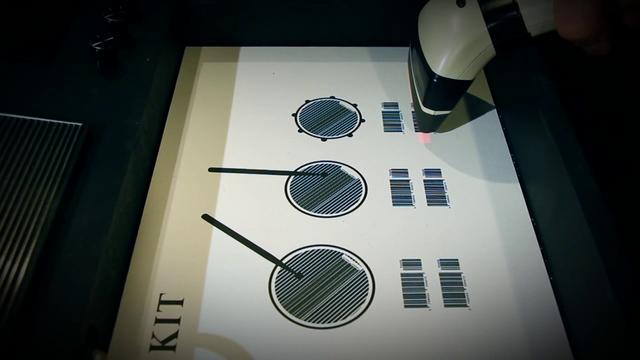Normally, when we are free from any physical suffering and encounter no difficulty in our daily life, we think the world is so good that we do not feel necessary to be mentally or physically prepared for impermanence -- just relax and idle the time away. Should some misfortune befall us, we would likely be caught off guard and much distracted as to what to do. By then it may be too late to even turn to the Buddha as a last resort.
KHENPO'S BLOG
What can be attained through wisdom of the Buddha is liberation from samsara for every sentient being. This is not just a theoretical outcome, but quite realistic so long as everyone can undertake to practice according to the Dharma.
- Quote from The Right View, "Buddhism—the Definition"
Apparently, even non-Buddhist practitioners with some spiritual realization may still be confused about the workings of cause and effect, not to mention people without any right view or understanding. The complexity of the cycle of cause and effect and how it passes through the past, present and future make it possible only for the Buddha to comprehend entirely its causal relation. Others merely glimpse different parts of the cycle. These non-Buddhist practitioners are usually well learned; some may even have acquired certain clairvoyance over worldly matters. However, they jumped to a conclusion only based upon what they saw—virtuous people took rebirth in the lower realms—and from it the conclusion was drawn that cause and effect could not have existed. Then books were written and theories developed based on this conclusion, which gradually formed into a sect after attracting enough followers. This is how nihilistic view was established.
Once there was an accomplished master. A disciple went up to him for one more profound instruction before taking leave of the master. The master said, “I do not have any better teaching.” After offering all his possessions to his master, he pleaded again. The master, holding the disciple’s hand, said sincerely, “You will die. I will die, too. Do take some time to reflect on this. My master taught me this and it is what I have practiced. My master did not give me any other teaching, nor have I practiced any other. This is it, the best pith instruction that I know of. Now go and practice it diligently!”
- Quote from The Right View, "The Three Differences"
Although in real life we can see and experience suffering around us at any given time, we tend to easily forget what we have witnessed. As a result, the miseries we so witnessed cannot help us discern the true nature of samsara. This is why the Buddha taught us to regard samsara as nothing but suffering.
Some people may disagree and ask, “How can samsara be full of suffering when we have actually experienced happiness in this world?” But this feeling of happiness is really the result of us being obscured by some superficial and transitory appearances. Once we realize the truth behind the so-called happiness, we may begin to feel quite anxious about the precarious condition to which this life has been taking us so far.
- Quote from The Right View, "The Four Noble Truths—the Path Out of Samsara"
Therefore, we must strive to succeed in generating bodhicitta, no matter how difficult it is. The challenge is with our own self, with that selfish mind. It is a constant battle we must face with endurance.
In Compendium of Training, Shantideva cited many sutras in describing a specific attitude: a king or an entrepreneur who has bodhicitta will think his wealth does not belong to him. He is merely a custodian who is responsible for discharging or distributing the wealth in such a way as to benefit sentient beings.
If bodhicitta is absent, wealth and worldly possessions are all causes of suffering which hinder us in our pursuit of liberation.
- Quote from Are You Ready For Happiness? Don't Let the Paper Tiger Scare You Off, "How to Face Happiness"
It is the motivation or the purpose for taking up a practice that really determines whether such practice is Mahayana or Theravada, mundane or supramundane.
- Quote from The Right View, "The Three Differences"
Before, lacking the essential wisdom, people tended to love themselves almost unscrupulously. But, under closer examination, selfishness is really without reason, groundless and moreover a big obstacle in our quest for ultimate happiness. This was never mentioned in anything that we learned from the secular world. Though some people might have said something similar, they lacked profundity. Only the Buddha told us the truth. Through his teachings, we are able to reflect on our previous actions and thus come to the conclusion that we were wrong being selfish. Henceforth, bodhicitta can be aroused. Among all the wholesome motivations, bodhicitta is the most precious and most significant.











